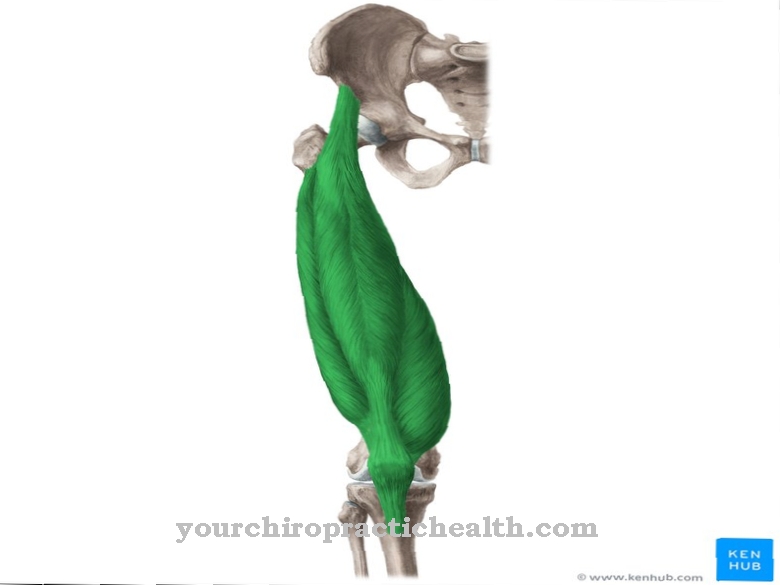The Hyperesthesia describes an increased sensitivity to touch and sensory stimuli, which is often expressed as pain. It is closely connected with other sensory disorders that represent either hypersensitivity or decreased sensitivity.
What is hyperesthesia?

© RFBSIP - stock.adobe.com
The term Hyperesthesia is used in both neurology and psychology. In neurology, it is often associated with an increased sensitivity to pain when touched.
Psychology describes a pathologically increased excitability as hyperesthesia, whereby the excitation is triggered by touch stimuli. The concept of hyperesthesia is inextricably linked with other sensory disorders that differ only by a few nuances. Allodynia describes a disorder that triggers a sensation of pain through stimuli that normally do not produce pain.
Dysesthesia defines abnormal, unpleasant sensory perceptions in response to normal stimuli, which can lead to increased sensitivity to pain, decreased sensory perceptions or even hypersensitivity. Hyperalgesia describes an increased sensitivity to pain, while hyperpathy, in turn, with an increased stimulus threshold, represents an oversensitivity to sensitive stimuli. This list shows that some of these terms can also be used as synonyms for hyperesthesia.
causes
The causes of the Hyperesthesia are not that easy to determine. For various reasons, there is an increased transmission of stimuli in the neural structures. There are both organic and psychological reasons for this.
In the case of mono- and polyneuropathies, CNS lesions, nerve compression in the case of a herniated disc, postoperative conditions or in Sudeck's disease (sympathetic entertaining pain), permanent hypersensitivity to touch stimuli can arise. But there is also the phenomenon of phantom pain.
The body has acquired a so-called pain memory from previous traumatic pain experiences. Although the cause of the pain has disappeared and even corresponding limbs are missing, the same pain is still felt there. Regardless of its cause, hyperesthesia manifests itself through intense sensory sensations as a result of increased stimulus transmission in the nerve structures.
Symptoms, ailments & signs
Hyperesthesia is primarily noticeable through hypersensitivity. Those affected are very sensitive to stimuli such as touch, cold or heat. As a result, a significantly increased pain sensation develops over weeks or months. A number of other symptoms can accompany this. Typically, there are sensory disorders or paralysis, occasionally nerve pain and cramps occur.
Sometimes bleeding or inflammation occurs, which, if left untreated, causes further symptoms. The hypersensitivity causes the affected person to feel very unwell and significantly reduces their quality of life. The symptoms of hyperesthesia often appear at night or during periods of rest and thus cause sleep disorders. Affected people get irritated quickly and often suffer from poor concentration.
In the long term, hyperesthesia can cause mental problems, such as anxiety disorders or depression. Hyperesthesia usually occurs in conjunction with another disease, but it can also appear as an isolated feature. Regardless of the form, the symptoms usually appear suddenly and increase in intensity as the disease progresses.
Without treatment, the hypersensitivity persists and causes further complications. If the hyperesthesia is based on a traumatic experience of pain, phantom pain can develop.
Diagnosis & course
If she Hyperesthesia occurs as a symptom of an underlying disease, or as an isolated feature, must be clarified using a differential diagnosis.
The question arises whether there is an organically understandable disorder of the nervous system or whether the increased transmission of stimuli is taking place due to a previous trauma. The organically determined causes include u. a. nerve root compression in the case of intervertebral disc damage, the existence of neuromas (benign tumors of the nervous system with involvement of connective tissue) or polyneuropathies. For the differential diagnosis, an anamnesis is first drawn up. The anamnesis can be used to differentiate between organic and psychological causes. Imaging tests, such as CT and MRI, can detect possible disc damage or neuromas.
Furthermore, sensitivity tests, nerve conductivity measurements, reflex tests and other examinations are carried out. Often, however, the existing hyperesthesia cannot be described as pathological, but only as a standard variant that manifests itself in a more sensitive reaction to environmental influences.
Complications
Hyperesthesia results in a greatly increased sensitivity and sensitivity. Even no contact or stimuli can lead to severe pain and a burning sensation on the patient's skin. In some cases, however, the hyperesthesia also manifests itself in the form of reduced sensitivity. In both cases, the patient's quality of life is reduced and everyday life is made more difficult.
It is not uncommon for sleep disorders to occur when there is rest pain at night. General irritability of the patient can also occur. In many cases, certain everyday activities can no longer be carried out without further ado and it is not uncommon for the patient to have restricted mobility. The treatment of hyperesthesia is always causal and depends on the underlying disease.
There are no complications. However, nerve damage may have occurred that cannot be reversibly treated. The affected person suffers from the complaints and restrictions for the rest of his life. The treatment can influence certain stimuli and reactions through therapies. However, there is not always a positive course of the disease. The life expectancy is not influenced by the hyperesthesia.
When should you go to the doctor?
A visit to a doctor is necessary as soon as pain is experienced when touched for incomprehensible reasons. If there are no injuries and the touch can be classified as light, the pain is an indication of a serious illness. If the person affected is hypersensitive to people being touched or when clothes are worn on the skin, they need an intensive examination to clarify the cause.
An increase in the intensity of the symptoms is particularly worrying. If the person concerned experiences severe suffering, he should consult a doctor. Help is needed if you feel unwell, irritable, have trouble sleeping or are unable to cope with everyday tasks.
If the physical complaints lead to emotional stress, persistent stress or behavior problems, a doctor should be consulted. If you are afraid, aggressive or angry, you need to see a doctor. Consultation with a doctor is also necessary if there are other symptoms such as headache, itching, weight loss or discoloration of the skin. If the person concerned avoids social contact, withdraws from the familiar environment or if a depressed mood occurs, a doctor should be consulted. A visit to a doctor is advisable during periods of depression, the consumption of narcotics or changes in personality.
Doctors & therapists in your area
Treatment & Therapy
Treating a Hyperesthesia depends on the cause. If there are traceable organic causes, the underlying disease must be treated. Neuromas can be surgically removed.
Nerve root compressions as a result of intervertebral disc damage must be treated with physical therapies or, in exceptional cases, surgically, depending on their severity. Polyneuropathies in turn have various causes that must first be determined by differential diagnosis in order to be able to treat them. Sometimes certain viral infections also cause nerve damage that leads to hyperesthesia. In many cases, however, there are no organic causes.
Here the body has learned, so to speak, to react to certain stimuli with over-excitability or pain. Then psychological support is often necessary in order to learn how to react more calmly to these stimuli. Sometimes this requires lengthy psychological treatment. The prerequisite here is the determination of a possible traumatic experience that could have triggered the hyperesthesia.
You can find your medication here
➔ Medicines for paresthesia and circulatory disordersprevention
It is very hard to make recommendations about how to prevent one Hyperesthesia granted. Both the organic and the psychological causes are so diverse that the development of this symptom cannot be predicted. Only if tendencies towards the development of hyperesthesia are already recognizable should the course of the disease be stopped by initiating therapy in good time.
Aftercare
In the follow-up care of hyperesthesia, soothing and preventive measures are in the foreground. However, depending on the cause of the disease, it is not that easy to initiate the appropriate follow-up treatment. Patients should discuss the situation with their doctor and possibly combine medical methods and self-help measures.
For the successful improvement of the condition, a trusting relationship with the treating doctor is helpful. If the illness is triggered by psychological complaints, psychological or psychotherapeutic treatment is an option. In addition, patients often receive strong support from family and friends.
This psychological strengthening is especially important when a traumatic experience is responsible for the onset of the disease. In long, open discussions, those affected can share their fears and complaints, which reduces the symptoms associated with the disease. Such follow-up treatment can take a long time.
To avoid depression and discouragement, relaxation exercises and gentle physical activities also help. Yoga and tai chi are particularly popular. Long walks also ensure a better state of health and thus a positive outcome. In some cases, cold or heat applications are used to help limit the typical symptoms.
You can do that yourself
The possibility of self-treatment for hyperesthesia depends very much on the exact cause of the disease, so that no general prediction can be made about it. In many cases, however, patients need medical treatment to manage the symptoms of the disease.
If the hyperesthesia occurs due to psychological complaints or moods, treatment with a psychologist or a therapist is necessary. In most cases, this treatment can also be strengthened by talking to other sufferers or friends and family. Especially in the case of a traumatic experience, detailed and clarifying discussions should take place about the experience in order to limit the symptoms of this disease. People should not be discouraged if treatment has to last for a very long time. This is common in many cases of hyperesthesia.
Furthermore, relaxation exercises or light sports can have a very positive effect on the course of the disease. Yoga is particularly suitable for this. Furthermore, heating or cooling applications can also be helpful. In many cases this can limit the symptoms of hyperesthesia.

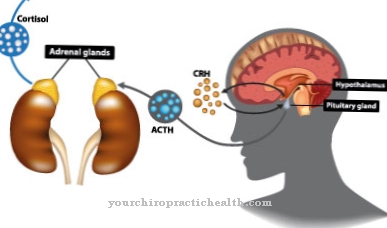

.jpg)
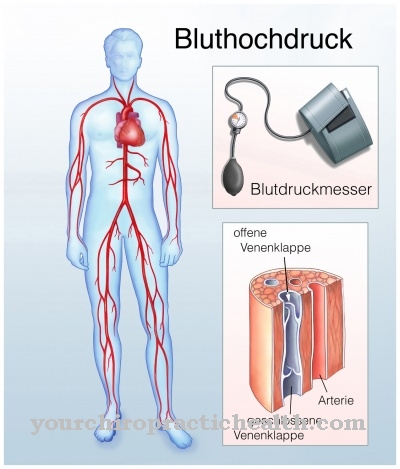

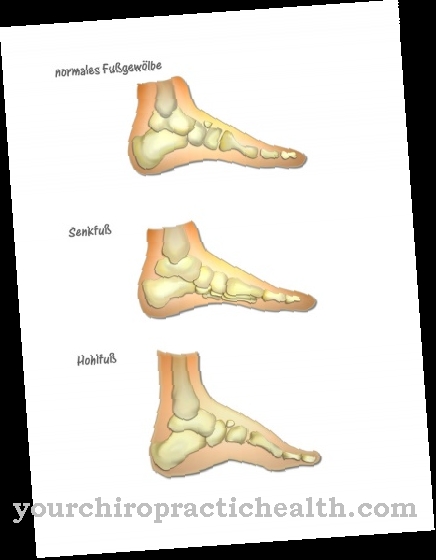


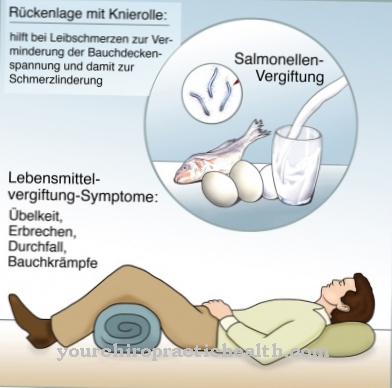

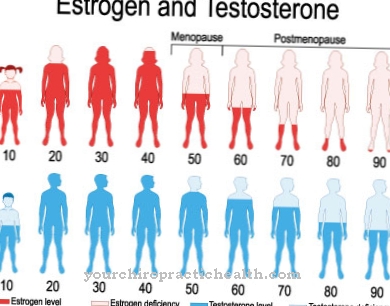




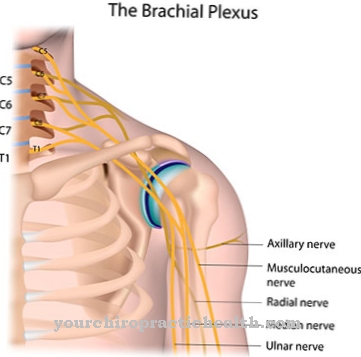
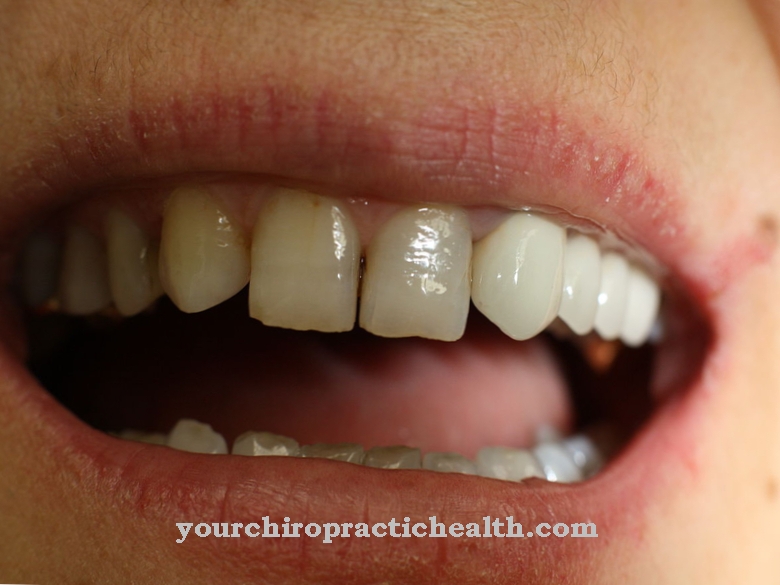

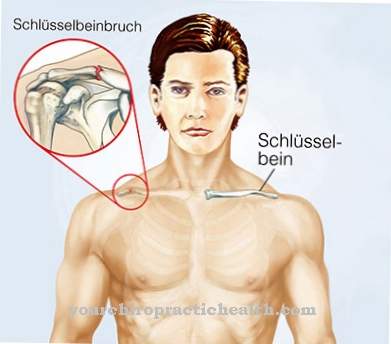

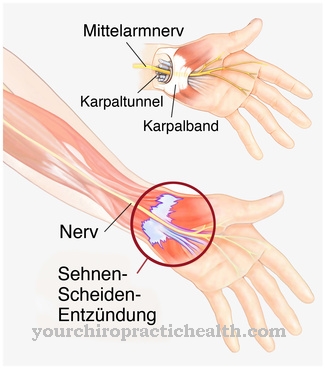
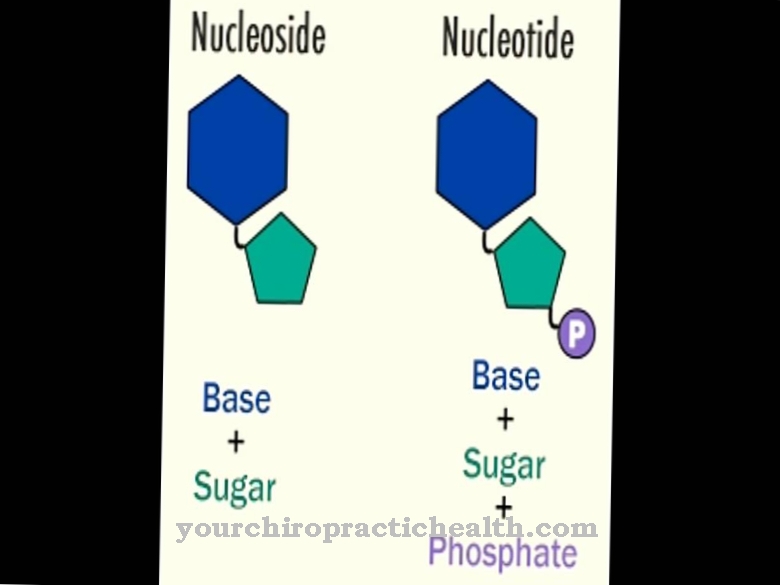

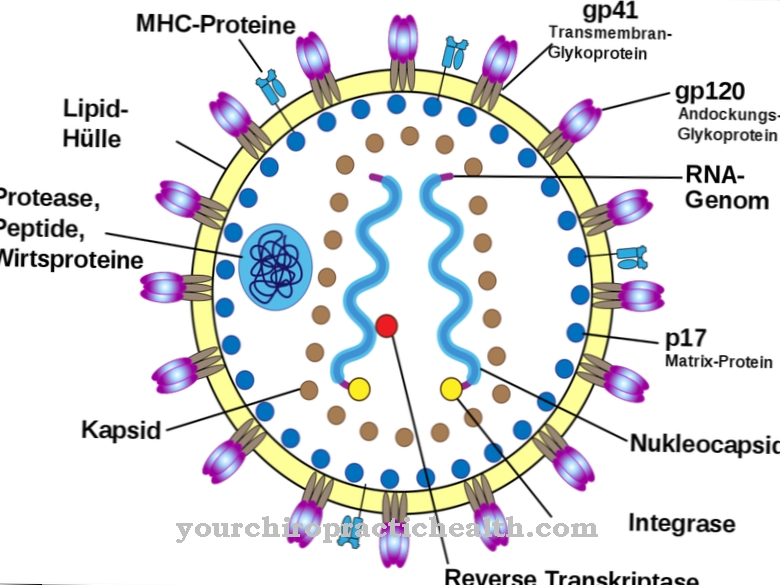
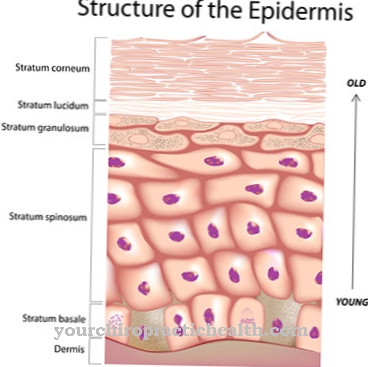
.jpg)
